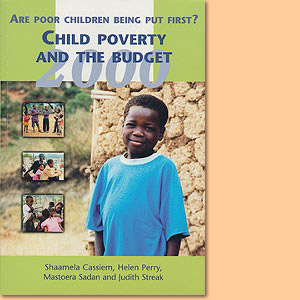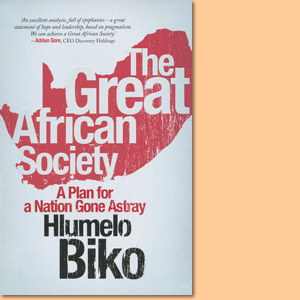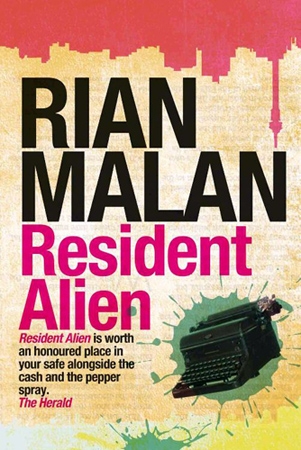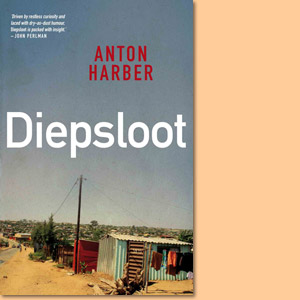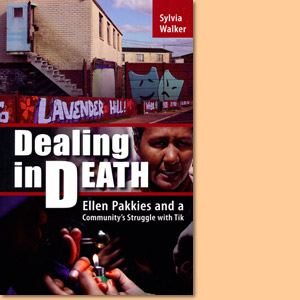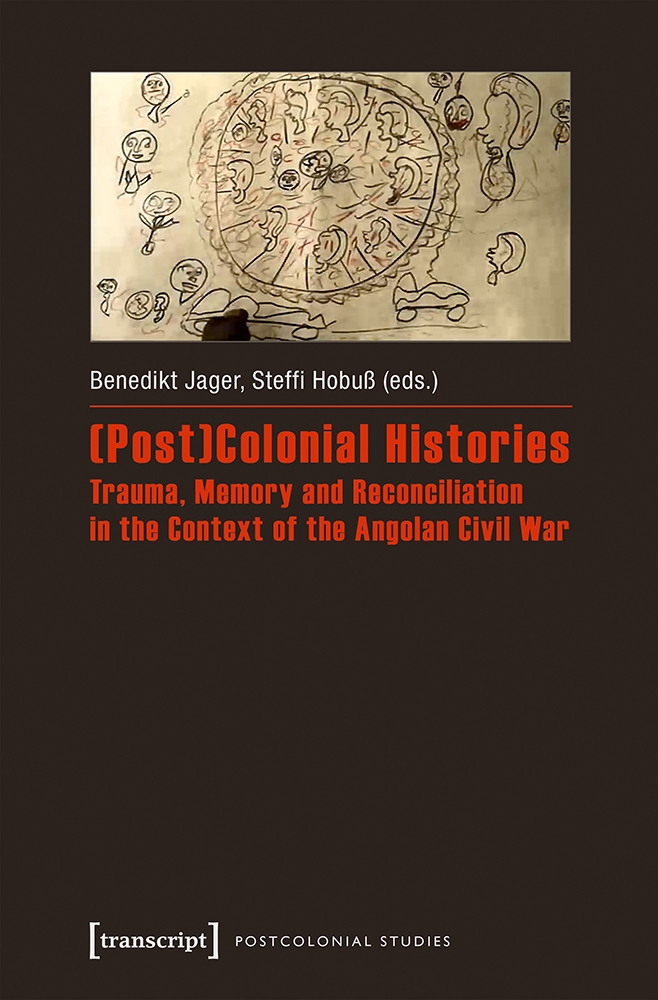Child Poverty and the Budget 2000: Are Poor Children Being Put First?, by Shaamela Cassiem et al.
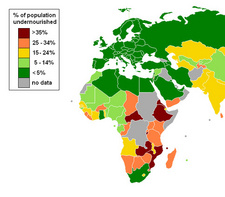
Child Poverty and the Budget 2000: Are Poor Children Being Put First?, by Shaamela Cassiem et al.; Institute for Democracy in South Africa. Budget Information Service, Institute for Democracy in South Africa. Children's Budget (Idasa); Cape Town, South Africa 2001. ISBN 1919798129 / ISBN 1-919798-12-9
Child Poverty and the Budget 2000: Are Poor Children Being Put First? is a valuable study for use by those lobbying for children’s rights and well-being, government officials, members of parliament; and any academics or others working to alleviate child poverty. Its distinctive contribution is not simply its findings, but its new and different research methodology and application of the more recent expanded definition of poverty to the lives of South Africa’s children.
I. Purpose of the study
Since 1994, the South African government has made many promises to poor children, committing itself to reducing child poverty and protecting child rights. These promises have been formalised via South Africa’s ratification of the Convention on the Rights of the Child, the ratification of the African Charter on the Rights of the Child and Section 28 of the Constitution. Government’s strategy to attack child poverty relies on two vehicles. First, the GEAR strategy, which depends upon private sector investment and economic growth to create unskilled jobs for poor households and generate more government revenue for spending on social services. Second, government relies on the National Programme of Action for Children in South Africa (NPA) which is a strategy for ensuring that poor children are `put first’ (their needs are prioritised) in policy, budgets and service delivery. The purpose of the study `Child Poverty and the Budget 2000 – Are Poor Children Being Put First’ is to make a contribution to monitoring government’s performance in delivering on its promises to poor children and reducing child poverty.
The following key points emerged from the indicator analysis of child poverty:
- There is a strong rural/urban and racial dimension to child poverty. All indicators suggest that suffering is greatest amongst African children and greater amongst Coloured children than Indian and White children.
- All indicators, except for those relating to health and nutrition status, suggest that child poverty is on the increase. The study notes the rising number of children that are suffering due to the inability to attend school, which is in turn linked to the rising incidence of HIV/AIDS and unemployment.
- There is a desperate need for survey data analyses of income child poverty at regular time intervals, in order to monitor more carefully whether child poverty is being reduced.
- If poverty is measured using a relative definition of poverty (a child is poor if he/she lives in one of the bottom 40% of households in South Africa’s income distribution), 60% of our children are poor.
- If poverty is measured using an absolute poverty line (i.e. a line below which a child has an insufficient level of income to meet his/her basic needs), 72% of our children are poor. This represents 30% of South Africa’s total population!
- The relative income indicator of child poverty shows Eastern Cape as having the largest number of South Africa’s poor children, followed by KwaZulu-Natal, Northern Province and North West. Together, these provinces account for as many as 70% of our poor children.
- Compared to other countries with similar levels of income, South Africa fares badly in the delivery of basic child health, nutrition and education rights. [...]
This is an excerpt from the book: Child Poverty and the Budget 2000: Are Poor Children Being Put First?, by Shaamela Cassiem et al.
Titel: Are Poor Children Being Put First?
Subtitle: Child Poverty and the Budget 2000
Authors: Shaamela Cassiem, Heien Perry, Mastoera Sadan, Judith Streak
Publisher: Institute for Democracy in South Africa. Budget Information Service, Institute for Democracy in South Africa. Children's Budget (Idasa)
Cape Town, South Africa 2001
ISBN 1919798129 / ISBN 1-919798-12-9
Softcover, 17x25 cm, 175 pages, several charts and tables
Cassiem, Shaamela und Perry, Heien und Sadan, Mastoera und Streak, Judith im Namibiana-Buchangebot
Child Poverty and the Budget 2000: Are Poor Children Being Put First?
An introduction to the Children's Budget Project's Publication: Child Poverty and the Budget 2000: Are Poor Children Being Put First?
Weitere Buchempfehlungen
The Great African Society
Compelling thesis, hard-hitting, thoughtful analysis of South Africa's past, present and future, a sobering assessment of where we stand today, and where we need to go.
Resident Alien
Resident Alien is a provocative and engaging collection of the best of Rian Malan's writings.
Diepsloot
In little more than a decade, Diepsloot has transformed from a semi-rural expanse to a dense, seething settlement of about 200 000 people.
Dealing In Death. Ellen Pakkies and a Community's Struggle with Tik
Dealing in Death looks at the global and local drugs culture in South Africa based on the case Ellen Pakkies and a Community's Struggle with Tik.
(Post)Colonial Histories. Trauma, Memory and Reconciliation in the Context of the Angolan Civil War
(Post)Colonial Histories. A para's trauma, memory and reconciliation in the context of the Angolan civil war.

